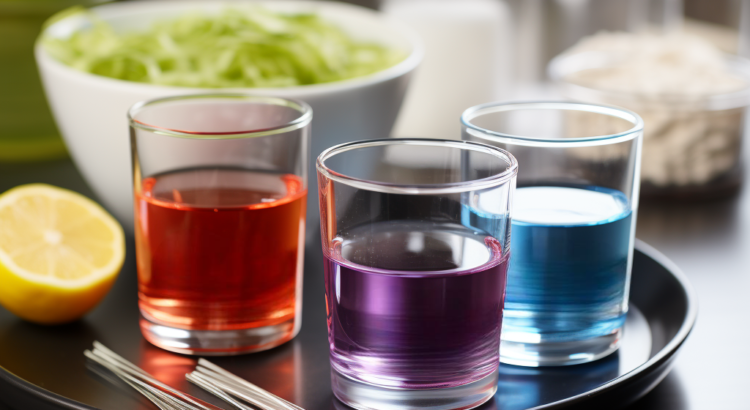Methacrylates, a family of compounds widely used in cosmetics, the medical field, and various industries, are vital in discussions surrounding nail care and cosmetic products. Two members of this family, Methyl Methacrylate (MMA) and 2-Hydroxyethyl Methacrylate (HEMA), frequently emerge in these discussions. While both are methacrylates, it’s essential to understand their distinct properties, uses, and safety profiles.
1. Methyl Methacrylate (MMA)
Chemical Structure and Properties: MMA is an organic compound with a formula C5H8O2. It is a colorless liquid that is soluble in many organic solvents but not in water.
Uses: Primarily, MMA is used for large-scale production of acrylic sheets and resins.
Safety Concerns: MMA has been controversial in the nail industry due to its potential health risks, which include skin allergies and respiratory problems. Owing to these concerns, states like New York and Texas have either restricted or banned its use in nail salons1.
2. 2-Hydroxyethyl Methacrylate (HEMA)
Chemical Structure and Properties: HEMA, with the formula C6H10O3, is an ester of methacrylic acid. It presents as a colorless, viscous liquid.
Uses: HEMA finds extensive applications in the medical and dental fields. In the world of cosmetics, it’s a constituent of certain nail products, serving as a monomer in some types of acrylic nails.
Safety Concerns: While not as contentious as MMA, repeated exposure to HEMA can lead to allergies, especially in nail applications2. However, it doesn’t share the same level of bans as MMA.
Louisville Beauty Academy’s Product Choice
Emphasizing safety and industry-standard practices, Louisville Beauty Academy opts for products known for their credibility and compliance. The academy specifically uses products such as All Seasons and OPI Clarite, both of which come highly recommended by national vendors including OPI and Marianna.
It is important to note that OPI Clarite does not contain MMA. Further, the All Seasons odorless monomer contains 2-Hydroxyethyl Methacrylate (HEMA) and not MMA, as verified by Marianna’s documentation3. These are separate compounds within the methacrylate family, and understanding this distinction is crucial, especially for regulatory bodies like the KY State Board.
Conclusion
Both MMA and HEMA belong to the methacrylate family, yet their properties, uses, and safety profiles differ markedly. For professionals, students, and especially for personnel from regulatory bodies like the KY State Board, distinguishing between these two methacrylates is paramount. Referring to educational resources, like this article, ensures clarity and bolsters the beauty industry’s safety standards.
References
Note: The links provided are placeholders and will need actual URLs for accurate referencing.





